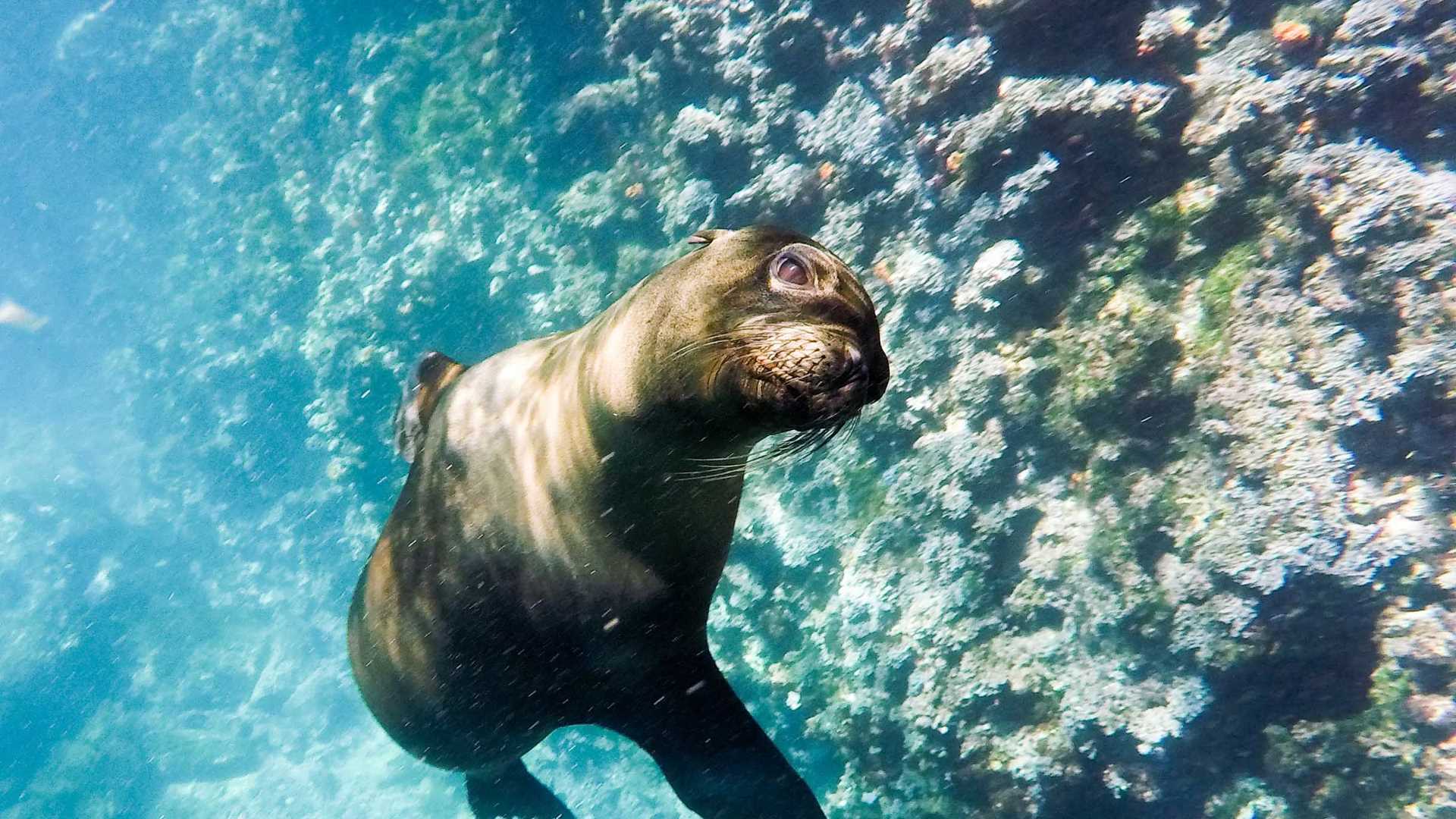Espanola is the most southeastern island of the archipelago. It is the oldest island in the archipelago, slowly but surely losing the battle against the elements after drifting over two hundred kilometers from its birthplace on top of the Nazca plate, effectively losing all influence of the Galapagos Hotspot, the life force that fuels most volcanic activity in this group of islands. Despite being presently only a fraction of its original size, it is still home to a vast numbers of sea birds. Most notably, the largest bird in the Galapagos, the waved albatross, breeds only on this particular island and nowhere else on earth. The island is also home to a species of mockingbird and lava lizard, both endemic not only to the archipelago but specific to Espanola. We explored the northeastern end of the island at Gardner Bay during the morning, and the western end at Suarez Point during the afternoon.
Call +1.800.397.3348 or contact your travel advisor









